Summer squash is a staple in most gardens, especially in this southerner’s garden. It is extremely easy to grow through Spring, Summer and Fall, that is if the pests don’t kill it first. We’ll touch on that more later. Squash is a very prolific plant, with only a handful of plants needed to feed a family, making it a favorite of many home gardeners.

First, let’s talk about the two main types of squash and their differences, Summer Squash and Winter Squash. Summer Squash has a thin, more tender skin and a very short storage life. Winter squash has a thicker, less palatable skin and a much longer storage like. Yellow squash as well as zucchini are some of the more common varieties of summer squash grown. Pumpkins and butternut squash fall in the winter squash category. Summer Squash varieties are typically eaten shortly after they are harvested, whereas winter Squash can be stored and eaten throughout the Winter.
Another major difference between the two is how they grow. Summer Squash grow in more of a bush style, where winter squash typically grows long vines and can be grown vertically.

Summer Squash Varieties to Try
- Zucchini – You can find many different types of zucchinis from the popular “Black Beauty” to a yellow type called “Golden Zucchini”.
- Patty Pan Squash – This type grows rounder and flatter and makes a great, fun addition to the garden.
- Straight Neck Squash – A favorite of mine for making fried squash!
When to Grow Summer Squash
Summer Squash can be grown in the Spring, Summer and Fall. For most climates, Summer Squash will grow until a frost kills it. They are easy to germinate and very fast growers. Most varieties are ready to harvest in just 50 days from sowing. In most climates, summer squash is started in early spring. For a head start in the Spring start plants indoors before your last frost date.
Spring Planting
For Spring planting start seeds indoors 4 weeks before your last frost date. Using a planting calendar really helps keep track of when to start your seeds. Don’t be tempted to start your seeds too early, because these fast-growing plants will quickly outgrow their pots and need further potting up.
Direct sow seeds outside after threat of frost has passed. For continuous harvesting continue sowing ever 3 weeks throughout your growing season.
Fall Planting
Depending on your first frost date, late summer planting can be done for Fall harvesting. Direct sow seeds in late July through August.
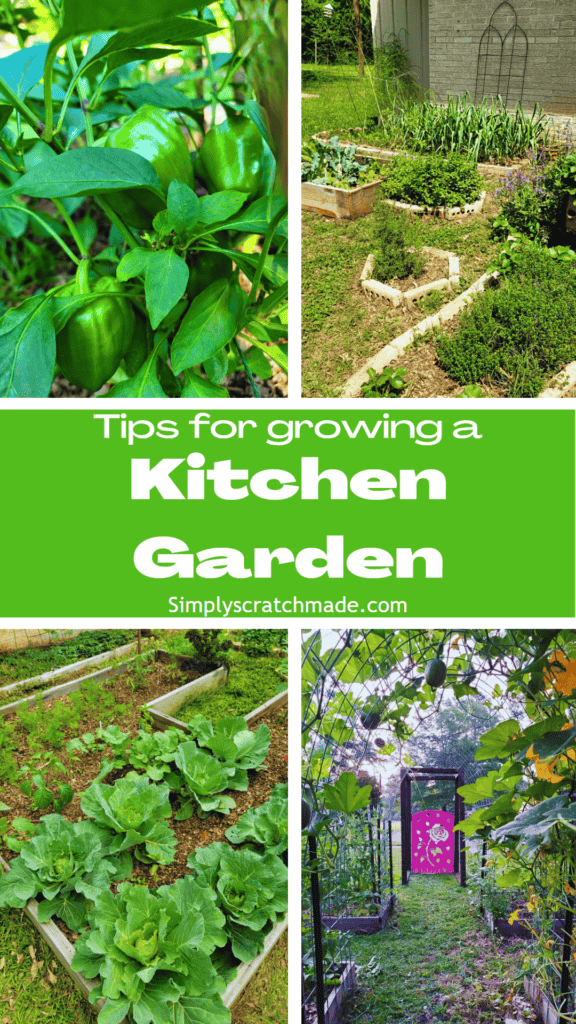
A kitchen garden should be beautiful and reflective of your personality. You should want to spend time in it. A kitchen garden should be productive but is not meant for growing large quantities of food for preserving. Grow herbs, vegetables and fruit that you and your family normally eat and cook with.
Where to Grow Summer Squash
Plant in area that receives full sun and soil that is well-draining. Amend soil with compost and feed regularly with an all-purpose fertilizer for continuous production.
How to Plant Summer Squash
Plant summer squash 18-24 inches apart. Summer squash plants grow vigorously and take up a lot of room when mature. Be sure to give them plenty of space to grow.
For limited space try growing summer squash vertically. While it won’t climb by itself, you can tie it up a stake or trellis as it grows. Summer Squash plants will but out some tendrils but will still need help to support the plant.
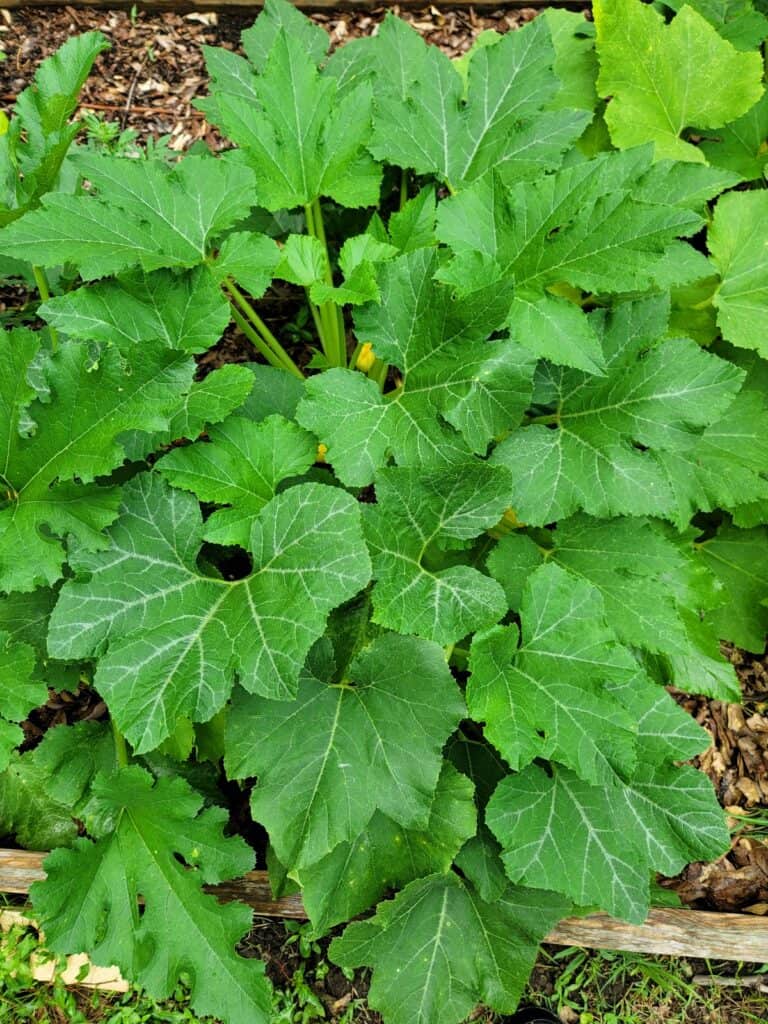
Keeping the leaves trimmed will help with airflow. Trim leaves that are yellowing or show signs of powdery mildew. Powdery mildew is a fungal disease that appears on the leaves and stems of plants. It is grayish white in color and looks like powder on the plant. Remove the infected leaves and stems and dispose of them.
Harvesting Summer Squash
Harvest in the mornings when the moisture content of the squash is higher. This will help keep the squash longer in the refrigerator. Squash should be harvested when young. When harvested young, the skin is thinner and more tender. The squash will also be more flavorful. The seeds are smaller and easier to eat. If harvested when large and more mature, summer squash is best used in baked goods like zucchini bread or muffins.
If one really gets away from you, let it fully mature and save the seeds for your next planting.

Pests in the Garden
Like any plant you grow in the garden, summer squash has pests that can destroy and entire crop, sometimes before you get to harvest any. Here we will discuss the 2 most common pests, Squash Bugs and Squash Vine Borers. The nemesis to most gardeners. No squash plant is safe from wither of these pests.
Squash Bugs suck the sap from your plants, resulting in wilted, damaged plants that stop producing. Squash Bugs typically lay their bronze-colored eggs on the underside of leaves; however, I have found them on the tops of leaves several times. The eggs are laid in clusters and can easily be spotted if you are searching for them.
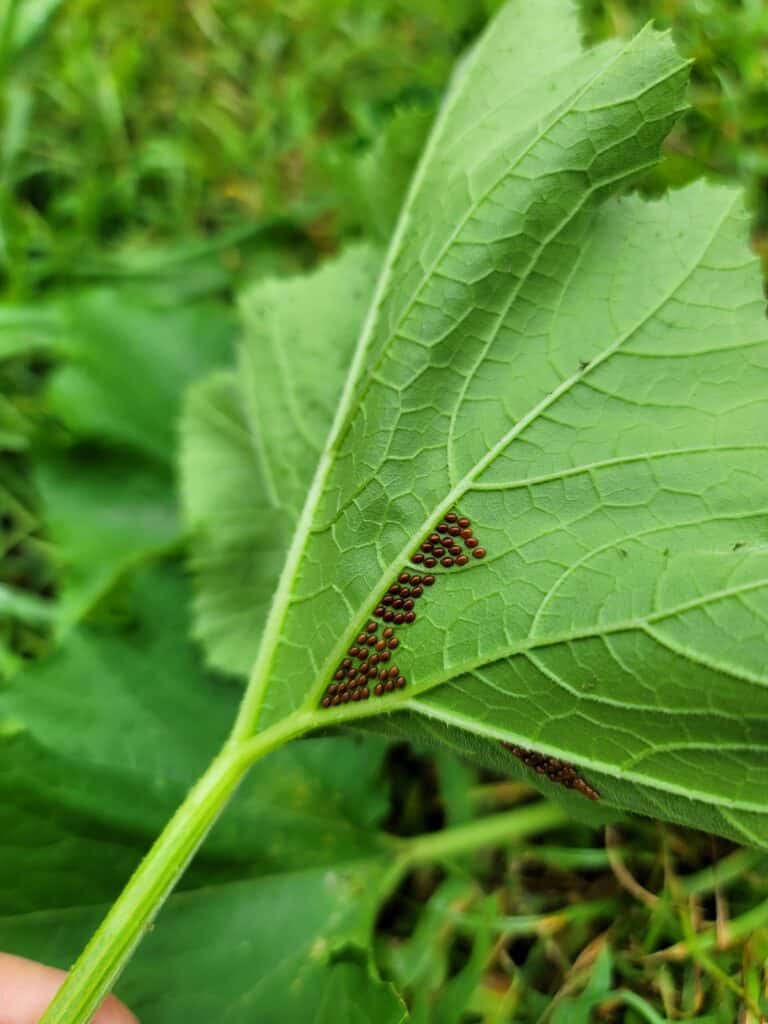

Squash Vine Borers are the most destructive pest, in my opinion. The moth lays its eggs on EVERY part of the squash plant. These bronze-colored eggs are a lot harder to spot than the squash bug eggs because they are laid singly. If left to hatch, the larvae bores into the plant, eating its way through the stem, ultimately killing the plant. If you notice a yellow substance that resembles sawdust around your plants stem, that is the larvae eating through the stem.
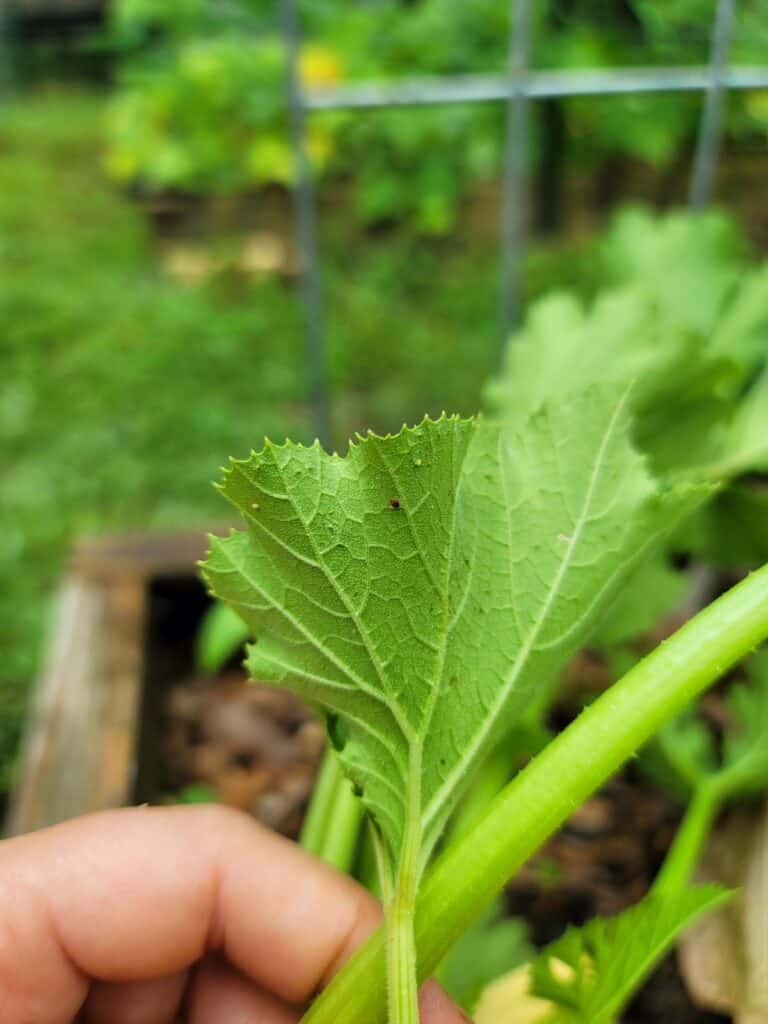
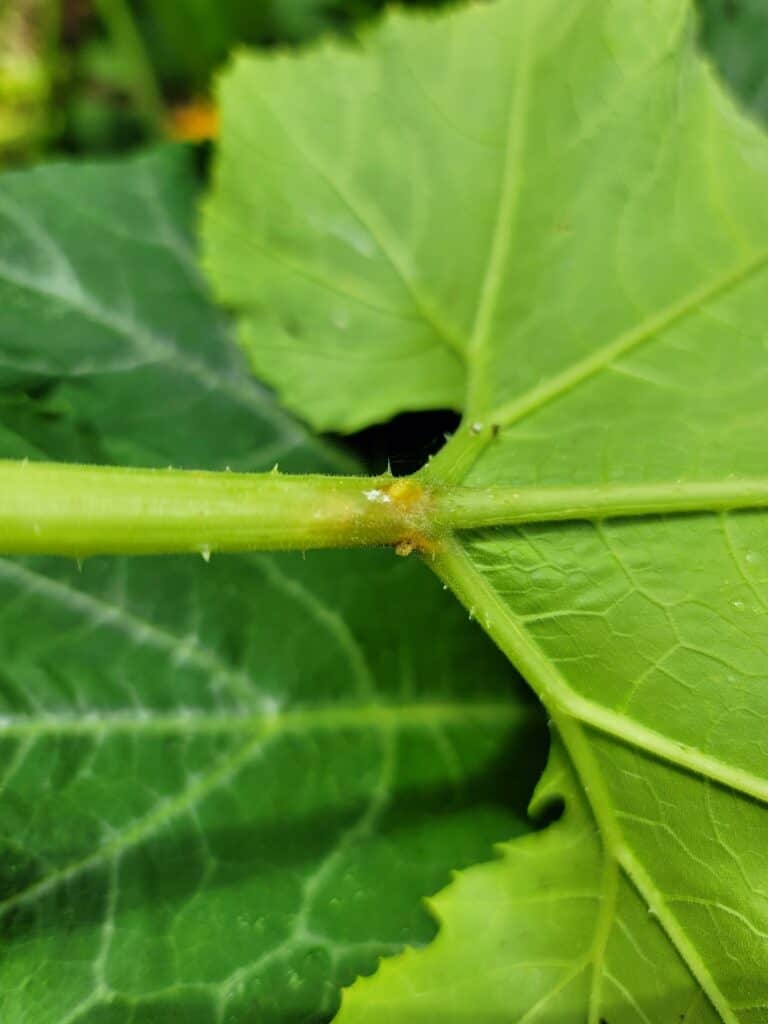
The best way to deal with these two pests is to try to prevent the damage they can do. The easiest step to take is to look over your plants daily and hand pick the eggs before they get the chance to hatch. Once they hatch it will be a lot harder to get rid of them.
Like this post?
Leave a review below, I would love to hear your thoughts! ⭐⭐⭐⭐⭐
FOLLOW ME on Facebook, Pinterest, Instagram and YouTube to stay connected!
More on Gardening
One response to “Growing Summer Squash”
-
Great read!

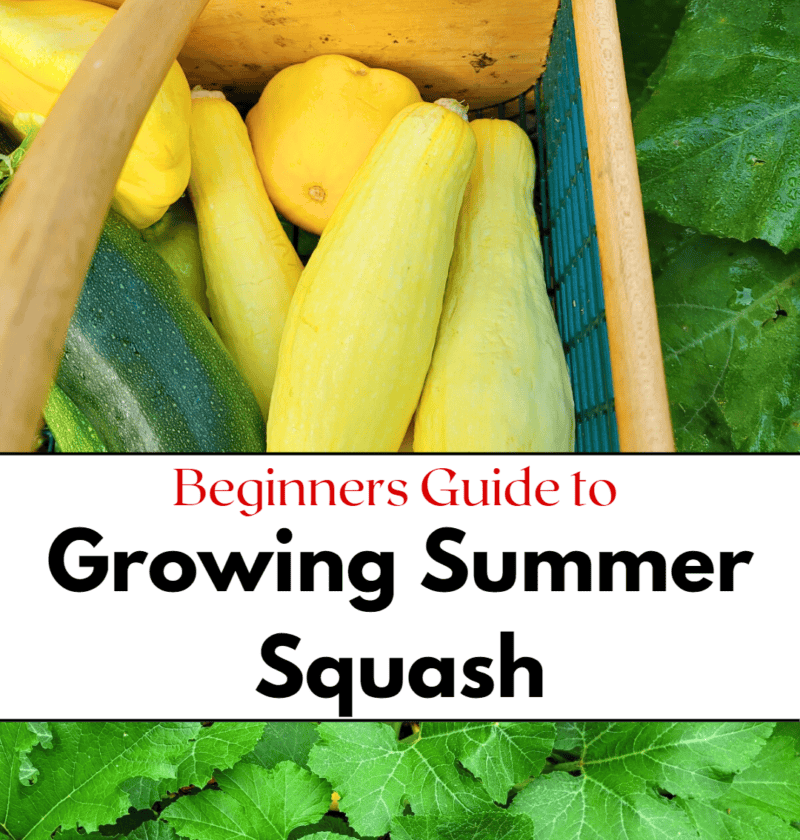


Leave a Reply